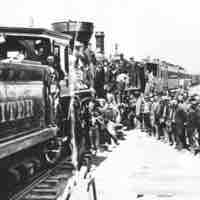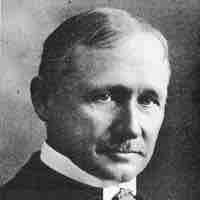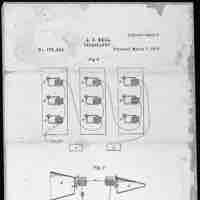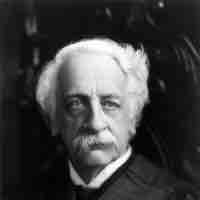Section 2
The Second Industrial Revolution
By Boundless
During the Gilded Age, America developed its mass production, scientific management, and managerial skills.

Completed in 1869, the Transcontinental Railroad served as a vital link for trade, commerce, and travel between the East and West of the United States.

The mechanization of the manufacturing process allowed workers to be more productive in less time and factories to operate more efficiently.

The telephone and electric lightbulb are perhaps the two most influential nineteenth-century inventions.

During the Lochner Era, the Supreme Court advocated a laissez-faire economic policy.
The term "robber baron" was applied to powerful 19th century industrialists who were viewed as having used questionable practices to amass their wealth. On the other hand, "captains of industry" were business leaders whose means of amassing a personal fortune contributed positively to the country in some way.